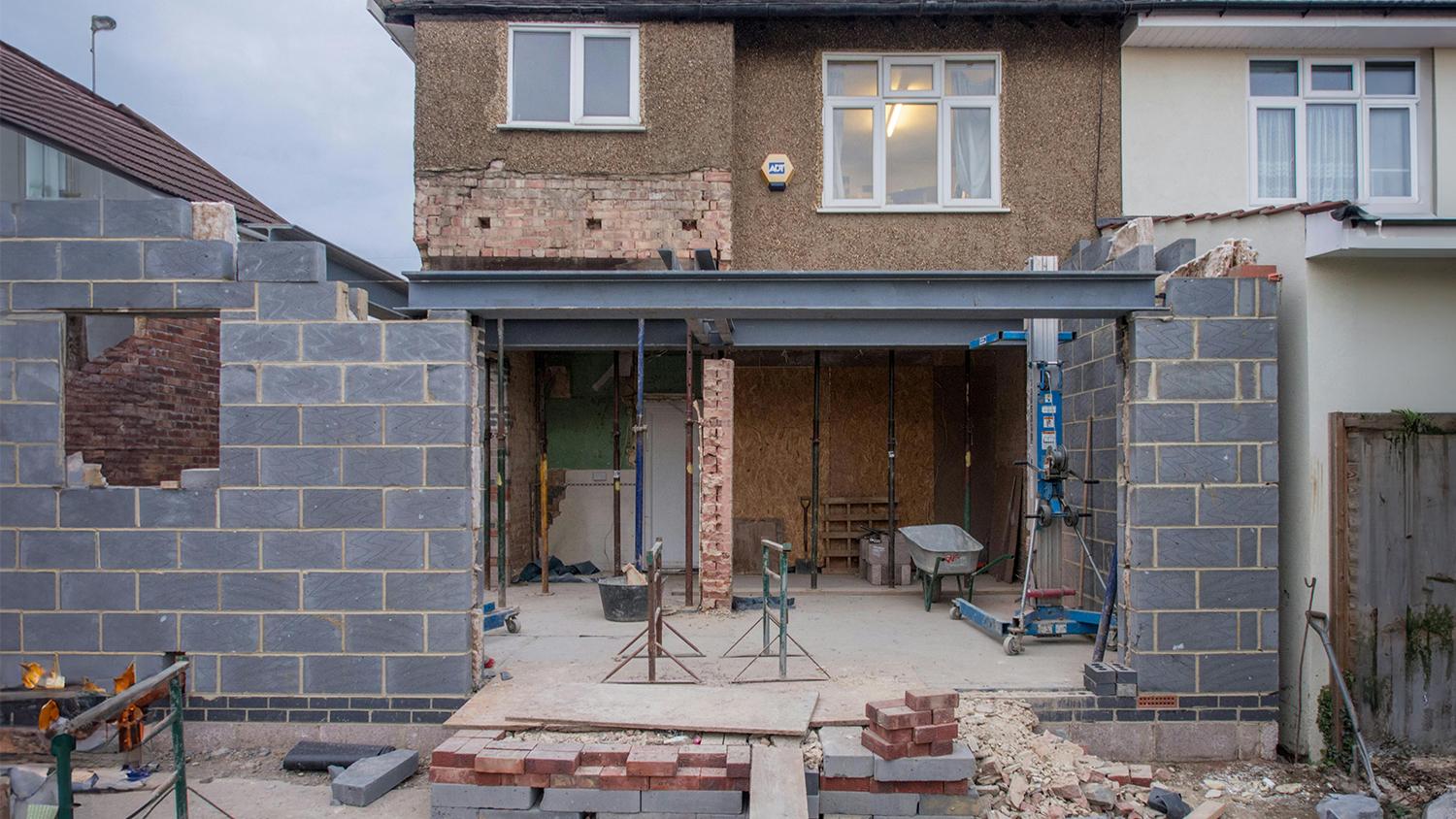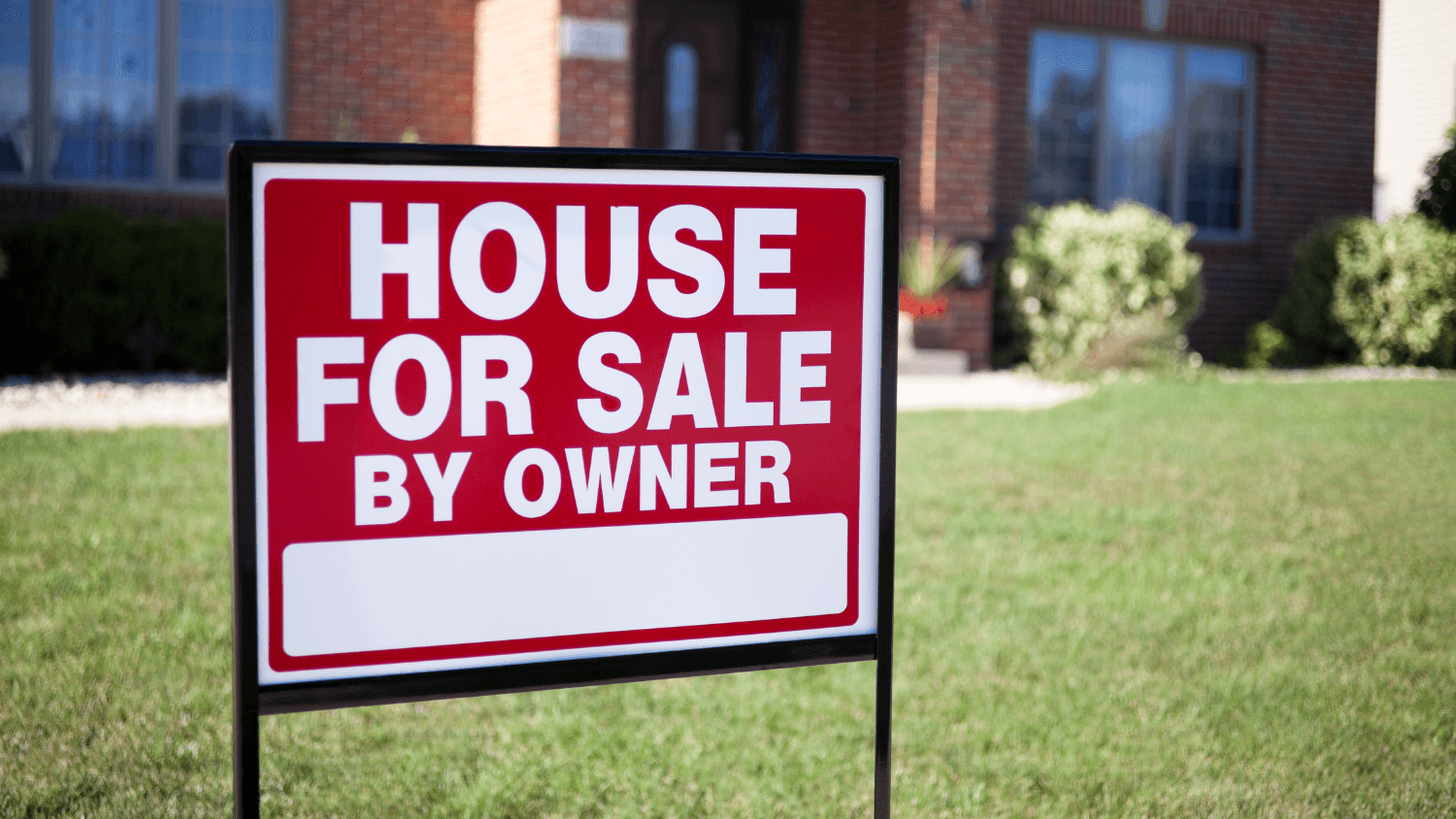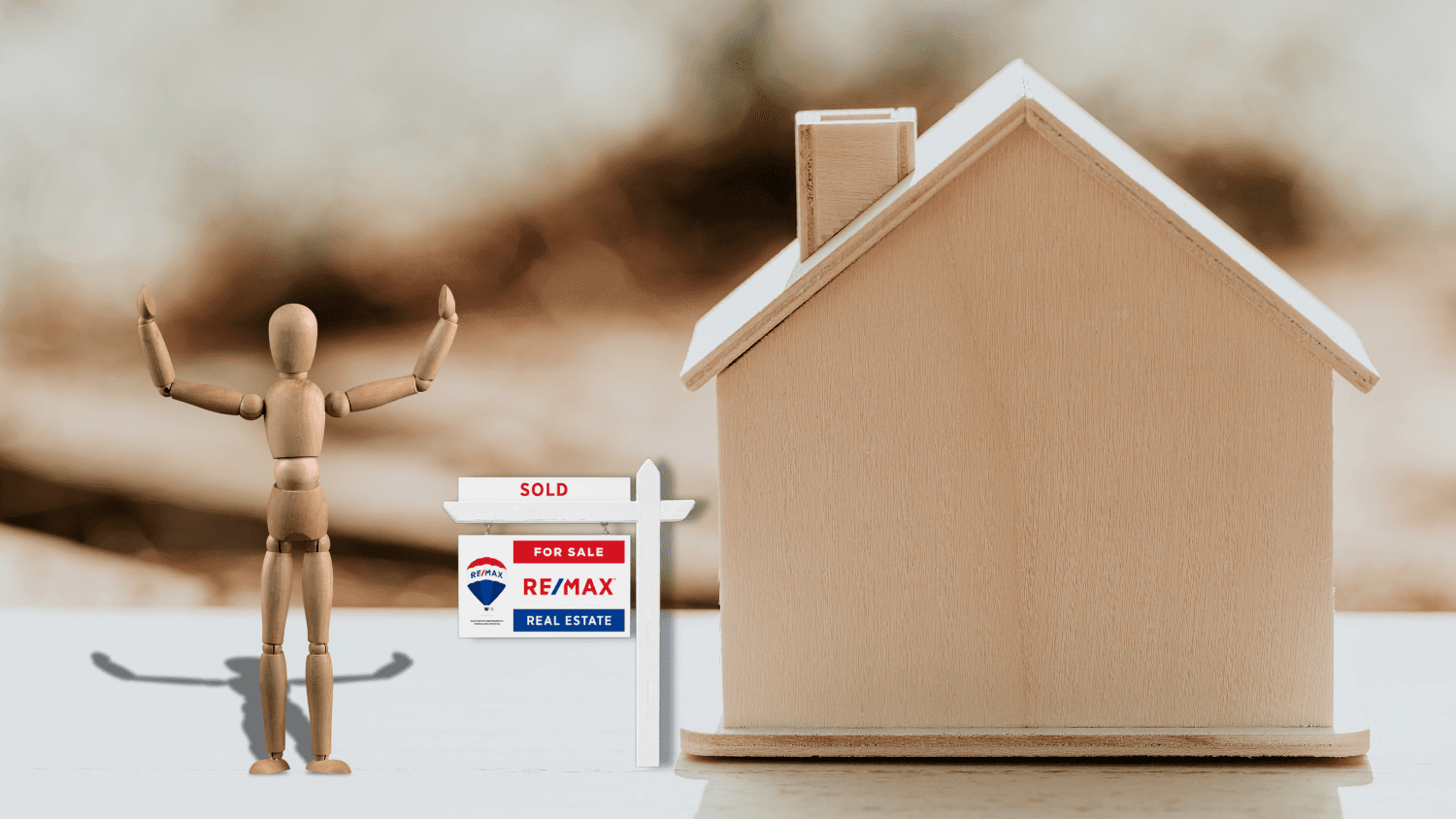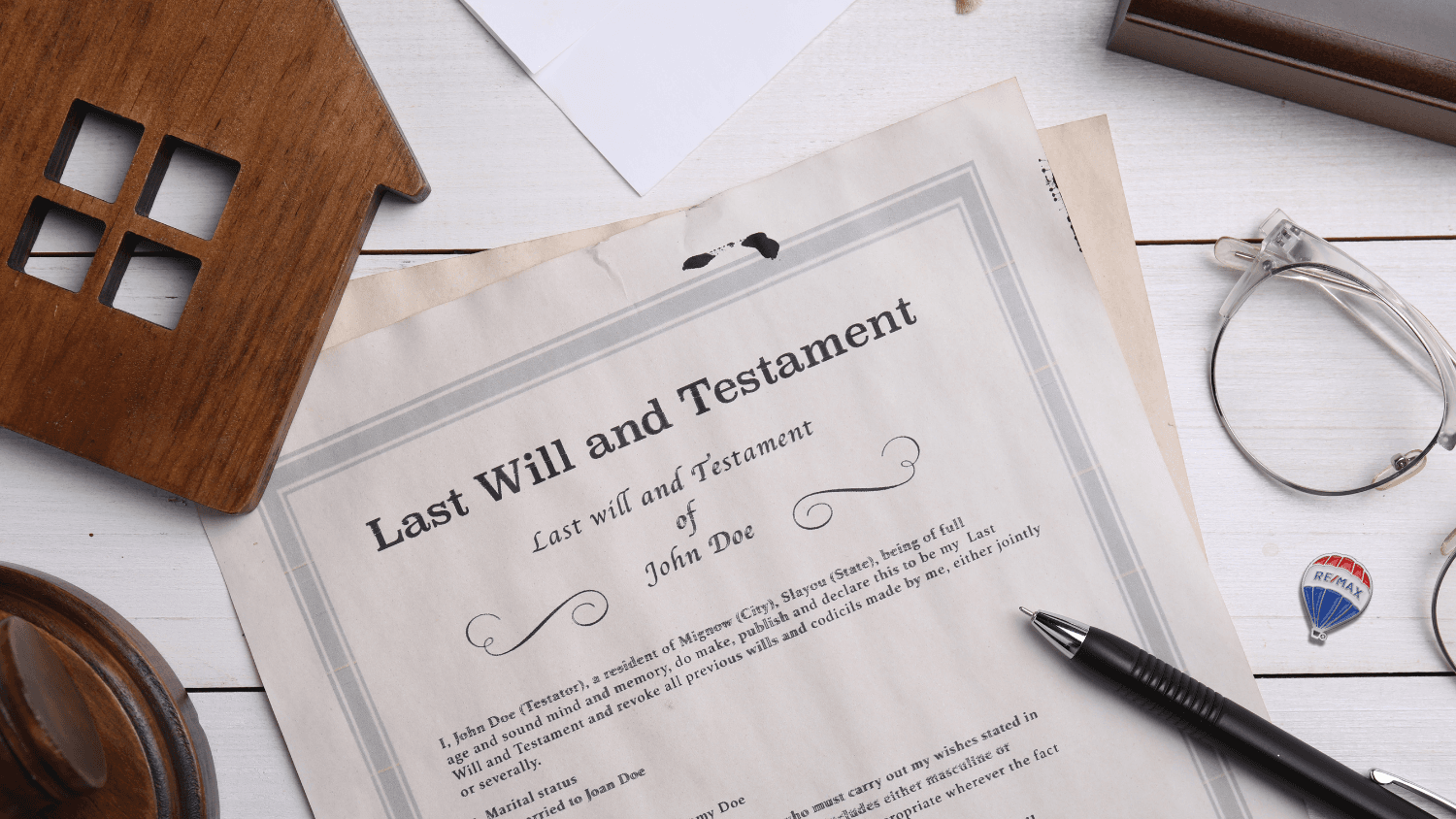Property is a great long-term investment strategy. And, although riskier, house flipping can also be a great short-term investment strategy. However, like all investments, one needs to know how to do it in a way that maximises your return and minimises the potential risk for loss.
What is house flipping?
When the motivation for a house purchase is with the specific goal of fixing it up and re-selling it – quickly – at a higher price, this is known as house flipping. This is approached differently from rental property investments or if the property is your primary residence where you, the investor, takes a longer-term view, enjoying either the benefits of either living in the property or earning rental income while building up equity.
Investors who flip properties take a short-term view, injecting additional capital into the property to improve it before selling it at a profit. This does carry a higher risk than those who purchase property with a long-term view. While the capital outlay is greater on a house flip, so are the potential rewards.
In this article, we’ll look at what it means to flip a residential property and guide you through some basic steps.
Is house flipping profitable in South Africa?
Yes, house flipping can be profitable in South Africa – as long as you do your homework. It’s very easy to look at a property that looks a bit run down, but easy to fix. There are, however, bigger issues to consider: why is the property on the market and in this condition? If the entire neighbourhood’s properties are in a similar state, a warning sign that even if you fix it up, you might not be able to either sell it and/or recoup your costs.
The preparation phase
As with so many projects, the secret sauce is in the work you do before you start. This is no exception, so always start with the homework:
The research
You need to have an understanding of the property market, not just general trends. When you’re considering flipping houses as a way of generating income, the intricacies of the local market come into play. You will need to consider, for example:
- How many, and how quickly homes are selling in a particular area? And at what price, in what condition, and why?
- What amenities are close by and which could impact desirability (e.g. parks, schools, shops, hospitals, etc.)?
- Find out from the appropriate authorities what future developments could impact the area. For example, are there plans for infrastructure projects, such as additional roads or highways? Will there be any large developments and will these be residential, business or even industrial?
- What are the local and/or national regulations that could have an impact, e.g. local zoning and building restrictions, etc?
The numbers
At the heart of house-flipping is the goal of making a profit. This means that it has to be a numbers game in terms of both deciding how to fund your project and how much of a return on investment you can expect. It’s important to consider all the costs:
- Buying and selling costs are more than just the purchase price of the property: you’ll need to factor in the costs of the conveyancing attorney and transfer duty. When you sell, you will also incur costs that must be considered, too, such as the agent commission. Don’t forget the cost of acquiring the certificates of compliance. Last but not least, you need to factor in capital gains tax (CGT) which will come into play because this is not your primary residence.
- Financing costs: If you are raising finance through a bank (whether through a home loan or some other form of credit), there will be those costs – and interest – to consider.
- Repair or renovation costs need a clear budget – with a contingency. With building costs constantly increasing, coupled with the inevitable things that crop up – literally under surfaces – it’s good to ensure that you have a buffer.
- Word to the wise: a good rule of thumb is to stick to the 70% rule to make a profit. Don’t pay more for a property than 70% of its after-repair value (ARV), in other words, the likely value – and price – of the property once you have renovated it.
The team
While the project may be yours to manage, and you might be very handy, you won’t be doing it alone. For some aspects, you will need licensed and/or registered professionals to do the work. Select reputable providers whose track records you can verify. Over time, you’ll build a team you can rely on, which could include:
- Building contractor and architect to handle any structural changes
- Electrician
- Plumber
If you’re planning to flip houses regularly, you’ll need to add other professionals to the posse of people behind you, for example:
- Financial adviser and/or accountant
- Attorney
- Your local RE/MAX real estate agent
The repair or renovation
The renovation is what takes the time, and if you want a relatively quick turnaround and this is your first house flip, look for a property where the 'less is more’ principle could apply. This means focusing on the cosmetic work. For example, paintwork and basic kitchen and bathroom fixtures. Try to avoid major structural work like knocking out walls, doors and windows or building extensions, etc. When you choose your finishes, it’s easy to let our personal preferences dominate. It’s best to keep things neutral keeping your target market in mind.
The flip: selling the property
This is the final step in the process but ahead of that, you’ll need a competitive market assessment to help you set your price. If you’re considering selling a property you’ve flipped or embarking on this as a new venture, contact your nearest RE/MAX office for market insights and an obligation-free market assessment of your home.





